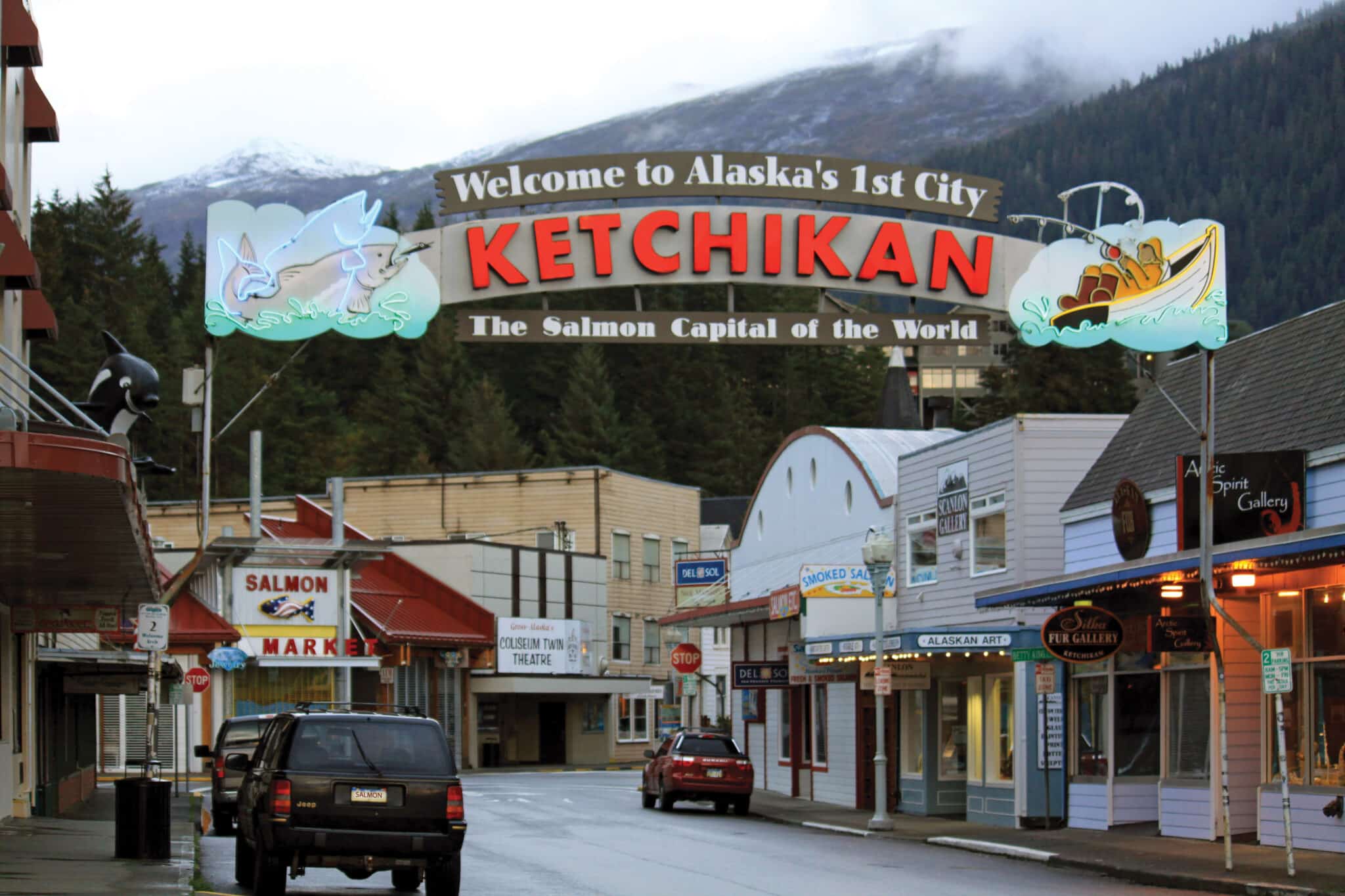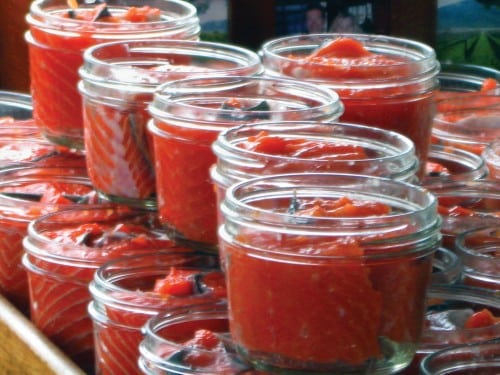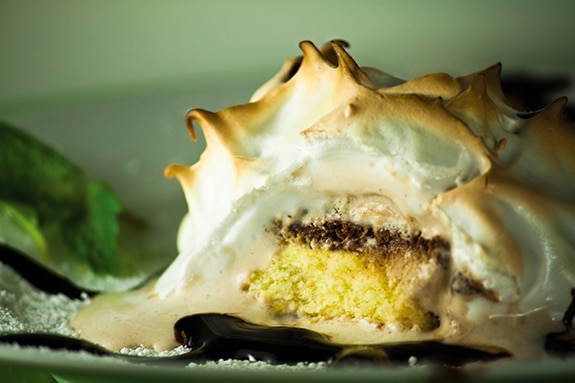I had a very nice, friendly, positive, uplifting blog planned for today. Something came up this weekend that I feel I have to address while it’s fresh on my mind.
Has This Ever Happened To You?
You plan a trip to the big city for some shopping, eating out and entertainment.
You’re not sure what your exited for… Trader Joe’s, Target, Tj Max, Victoria Secret or the romantic dinner at your favorite restaurant with your lover or just plain getting out of town.
You plan this say, two weeks or more in advance. For me this last weekend, it was dinner at one of our favorite restaurants in Eugene, The Lucky Noodle.
For me this last weekend, it was dinner at one of our favorite restaurants in Eugene, The Lucky Noodle.
We were especially excited because we hadn’t been to this restaurant in nearly three years. This place has it all… atmosphere, food, service, we have never been disappointed. We knew we wanted to enjoy the evening, so we booked a room at the newly opened Inn at 5th Street to spend the night. It’s less than a block away, which made it even more enjoyable strolling along 5th Street Market hand in hand.  We arrive at the restaurant. We were seated, the server hands us our menus and I’m pleased to see Fresh Alaskan Salmon listed for two of their entrees.
We arrive at the restaurant. We were seated, the server hands us our menus and I’m pleased to see Fresh Alaskan Salmon listed for two of their entrees.
What first went through my mind is fresh… hummm… it’s March… so it must be frozen. That’s okay. Ordinarily I’m very cautious to order salmon in a restaurant unless I’m absolutely sure it’s wild. Naturally, I ask our server if she was positive the salmon is wild from Alaska? She said yes, it is wild from Alaska.
Now keep in mind this is one of our all time favorite restaurants. So the thought of them Pan Roasting wild Alaskan salmon and finishing it with beurre blanc, served with house made asparagus risotto was too much to resist!
Over two Blueberry Cosmos, we waited for our dinner talking about the beautiful day we had, our wonderful room, the coming salmon season in Alaska and soaking up the wonderful atmosphere.
Our entrees arrived it looked so good I even took a picture of it!  With excitement I dove in! Now obviously I know my salmon, but I couldn’t quite put my finger on what species it was so Ole tried a piece. Hesitantly his guess was Coho, then said it was a bit like wet partial board. I tried another piece and had another one ready to go on the fork, when a server clearing a nearby table nicely asked how is your salmon? I say great, I think…say, what type of salmon am I eating? Wild Alaska, he says, I say no, what type? Coho, Sockeye, King? He said let me go back to the kitchen and check.
With excitement I dove in! Now obviously I know my salmon, but I couldn’t quite put my finger on what species it was so Ole tried a piece. Hesitantly his guess was Coho, then said it was a bit like wet partial board. I tried another piece and had another one ready to go on the fork, when a server clearing a nearby table nicely asked how is your salmon? I say great, I think…say, what type of salmon am I eating? Wild Alaska, he says, I say no, what type? Coho, Sockeye, King? He said let me go back to the kitchen and check.
Has This Ever Happened To You?
Waiting for the verdict, I chose to only eat the delicious risotto.
The server comes back and happily announces that wild Alaska salmon is not in season and instead of serving frozen salmon we substitute farm-raised salmon.
Now…those of you that know me really really well, what do you think I did?
A. Drop my fork?
B. Said it’s FARMED?!?!?!?!?!?!?
C. Picked up my plate and tossed it to the middle of the table?
Or
D. All of the above?
The answer is D all of the above and that was just the beginning.
Has This Ever Happened To You?
Ole pushed his plate away also and we just stared at each other in disbelief of what we just heard.
I told our server that the restaurant is advertising Fresh Alaskan salmon and you are serving farmed salmon, this is false advertising! My blood pressure went through the roof trying to explain to her how rotten farmed-raised salmon is for the environment and for people’s health. I said unknowingly, I just ingested red dye, which is showing up in people’s retinas, antibiotics, chemicals, pesticides and who know’s what else.
She was very apologetic and said since our evening was virtually ruined she would comp our entire meal.
Has This Ever Happened To You?
While still at our table preparing to go, we decided to see a manager to clear this up even further. A woman who works in the restaurant comes over to our table and says… I hear you are threatening to sue our establishment. I tell her what I did say and that is you are advertising Fresh Alaskan salmon for $24.00 a plate and serving cheap inexpensive farmed-raised salmon that potentially could make people sick from an allergic reaction. If I was to turn you into the Attorney General for false advertising I believe it is a hefty fine.
She said, our supplier assures us that farmed-raised salmon is good to eat and there’s nothing wrong with it. I told her several times that’s not the point. The point is, The Lucky Noodle is using Alaska’s quality name to promote an inferior product, which is ethically wrong and hurts Alaska’s reputation.
She made some reference to Farmed Alaska salmon. OMG!!! We kept telling her over and over that there are no fish farms of any type in the state of Alaska.
The woman continued arguing with us… and then she said… she would only comp my meal and we would have to pay for all the rest.
What do you think Ole did?
A. Stood up and put his coat on?
B. Told the woman we are salmon fisherman from Alaska and we know what we are talking about?
C. You completely ruin our evening and you want us to pay for this experience?
D. All of the above?
Yep! D.
She disappeared and so did we.
Has This Ever Happened To You?
The moral to this story: We will never go back to the Lucky Noodle, because our thoughts are; if they are deceiving us about this, what else are they being deceptive about and cutting corners on? The most upsetting thing is they are using Alaska’s good name on their menu to hoodwink people into thinking they’re getting top quality, when in fact they’re getting the bottom end of quality. When did The Lucky Noodle stop serving wild Alaska Salmon even though it is still printed on their menu? Back in September 2011 when the wild salmon season closed?
When dining out unless you know the owner, manager or server very well, ask your server to go back to the kitchen and ask what type of salmon it is and where did it come from. Consumers can ask their server what region the salmon is from, what species it is and is it fresh or frozen.

They should be able to answer or find someone to answer, if they can’t, then you may want to take your business elsewhere.
I was fooled…and if I can be fooled…anybody can.
Has This Ever Happened To You? You ordered something from the menu and you were brought something completely different? Ever had a server argue with you?
Best Fishes! LaDonna Rose
Because I believe everyone should do their own research, below are a few links to get you started.
Salmon served in some Puget Sound restaurants often mislabeled
Oregon Deceptive Trade Practices Laws
File a Consumer Complaint























 Follow me Facebook
Follow me Facebook Follow me Instagram
Follow me Instagram Follow me Pinterest
Follow me Pinterest




